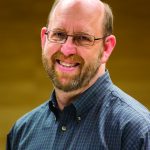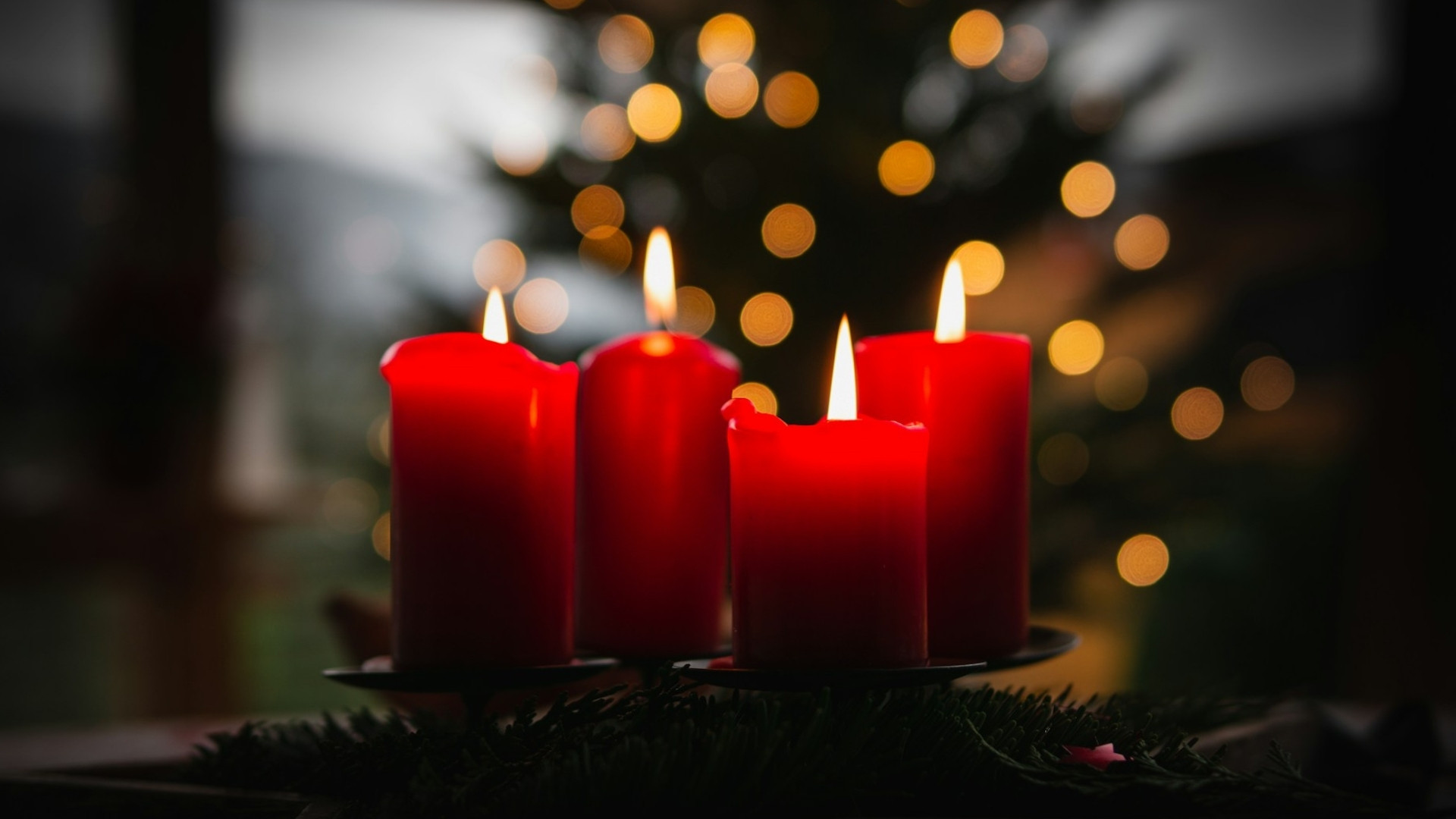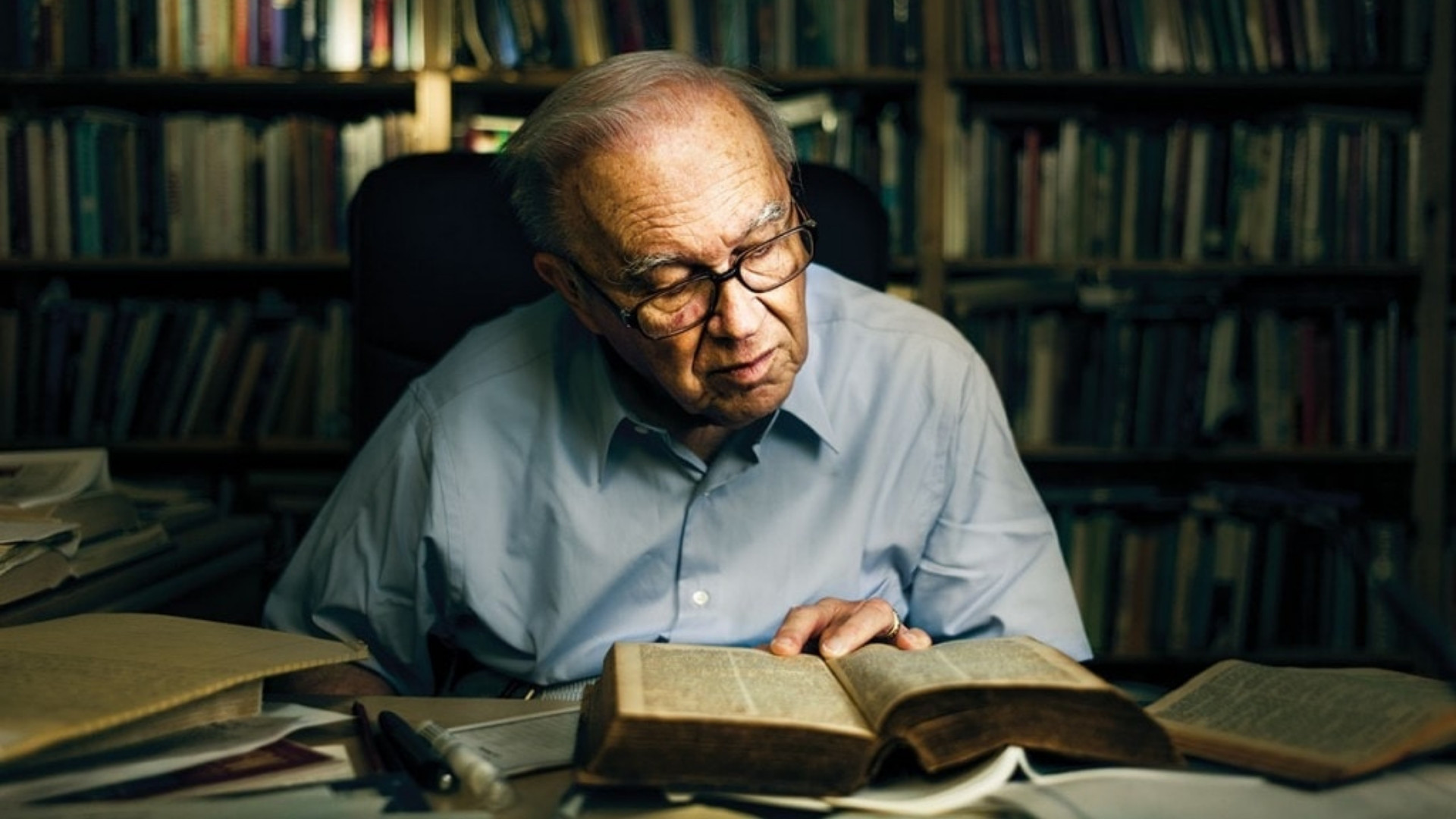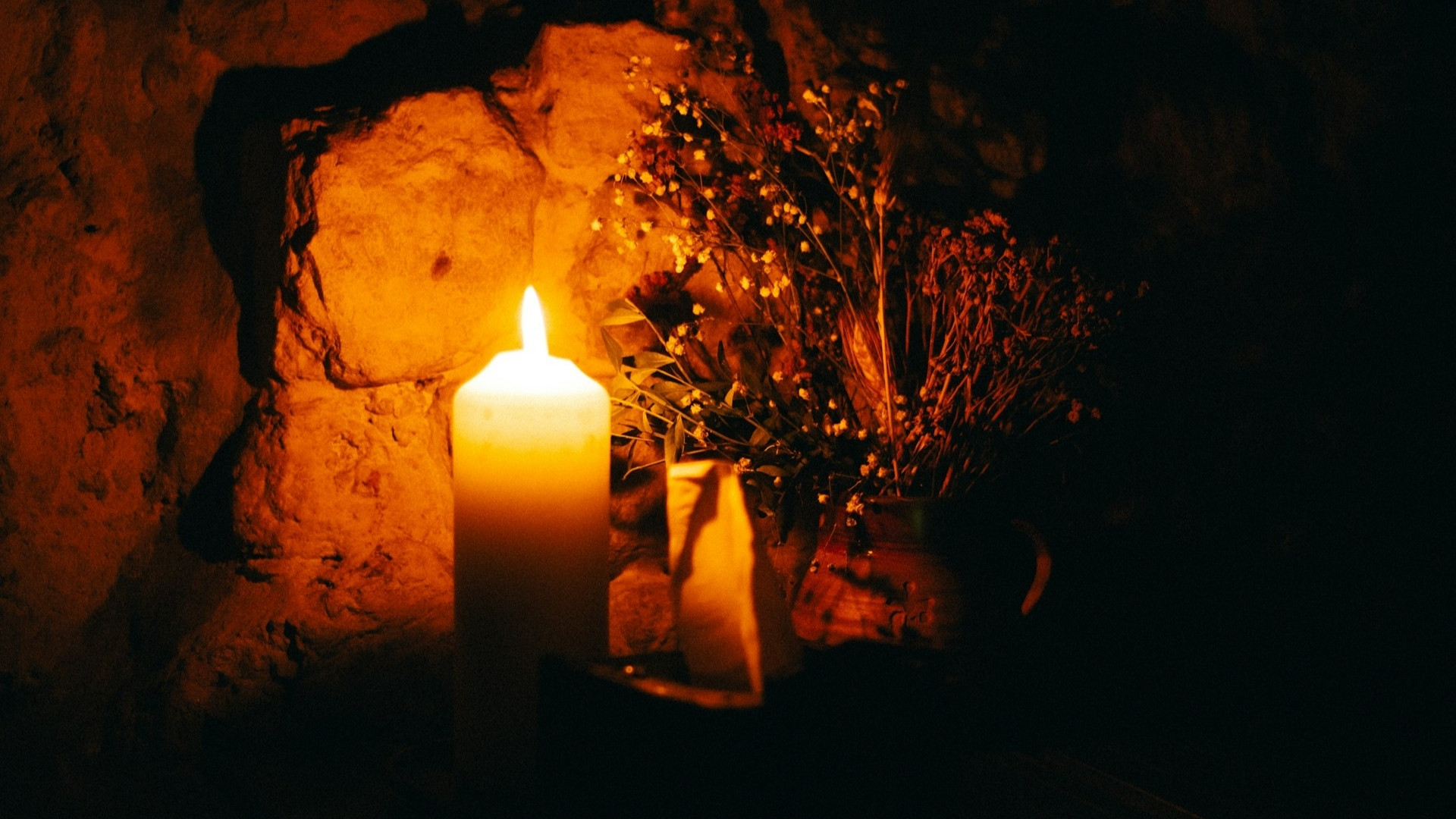Four years ago, Covenant minister James Amadon left parish ministry to start Circlewood, a nonprofit that seeks to “accelerate the greening of faith” through creative media, immersive education, and a reimagined sense of place. The Companion talked with him about his dreams, the challenges they face, and his hope for the future.
What is your vision for Circlewood?
We’re trying to change a culture, to change theology and practice. We don’t necessarily think of ourselves as an environmental organization or even an environmental Christian organization. We think of ourselves as proponents of ecological Christianity. Our mission statement says we “want to accelerate the greening of faith.”
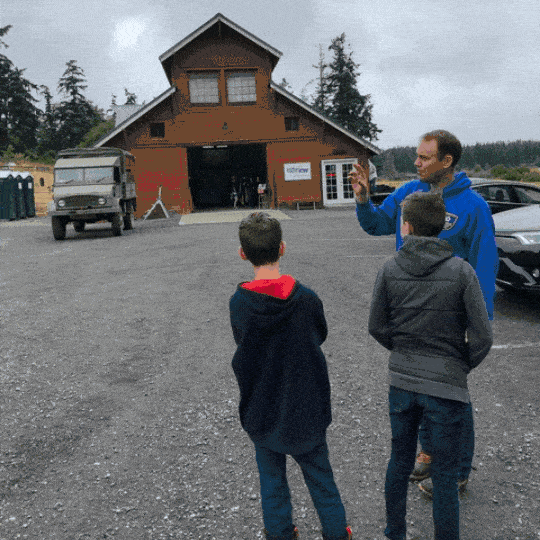 This movement is already happening across denominational, geographical, and theological lines, but it needs to move faster. We need organizations like ours to get the word out for those who aren’t yet part of it and to help train, galvanize, and support those who are already doing the work.
This movement is already happening across denominational, geographical, and theological lines, but it needs to move faster. We need organizations like ours to get the word out for those who aren’t yet part of it and to help train, galvanize, and support those who are already doing the work.
There are thousands of grassroots movements and endeavors already in existence, but they don’t know about each other. We are working to connect them with each other and with those looking for opportunities to connect and serve. We are also focused on developing programs for people who are going to lead transformation in their communities. We are not going to be a massive organization, but we are bold and focused.
What work are you most excited about?
We have a podcast with leading experts called Earthkeepers and a weekly blog called The Ecological Disciple. Our biggest undertaking is Circlewood Village, a learning lab and demonstration center where people can visit and learn on 40 acres of land on Camano Island, Washington.
We registered that project with the Living Building Challenge, which is part of the International Living Future Institute here in Seattle, where architects and designers create what they call the world’s most rigorous standard for regenerative design building. Their goal is to help people create environments that aren’t just carbon neutral or LEED (Leadership in Energy and Environmental Design) certified, the most widely used green building rating system in the world, but actually contribute positively to the environments they’re in.
We are creating a world class, game-changing space that can transform people’s perceptions and help them reimagine their own places and communities. Our design seeks to be as regenerative and sustainable as possible, integrating the built environment and surrounding landscape with the wider forest in a seamless way that helps people experience what it means to be in harmony with creation and our Creator.
We often talk about it as a demonstration lab. It’s a place where people can learn about what we call “ecological discipleship,” how to follow Jesus in a world that is intentionally interconnected and interdependent. We also want to be transparent, so people can also learn from our mistakes.
The United Nations’ Intergovernmental Panel on Climate Change recently released a report stating that some of the devastating effects of climate change are here to stay, but that there still is a time to make changes. How are you addressing this crisis?
It’s a strange dynamic to navigate both the change that needs to happen now and the change that takes time. The work of Circlewood is a marathon, not a sprint. We talk about our vision in terms of decades, and then we break it down into smaller segments.
Change doesn’t happen in a linear way. It’s like pressure building behind a wall, when it seems like nothing is changing. The automotive industry went from being very resistant to the electric car in the 1980s and ’90s to pledging that 50 percent of their vehicles will be electric by 2030. That is the result of decades of pressure. We have to do all that we can right now and take the long view.
What changes are you seeing among Christians on the greening of faith?
Across the evangelical spectrum, we do continue to see common objections to the kind of work that Circlewood is doing. One is fear that it’s a slippery slope to some kind of paganism where we exchange worship for the Creator for the worship of creation. I do understand the concern, but ultimately that’s not the case. (Editors note: Amadon addresses these concerns in his Companion article “His Eye Is on the Salmon.”)
In recent years climate change as a physical reality has hit much closer to home for many American evangelicals. I think it’s getting harder and harder to deny the ongoing changes to our climate patterns and natural disasters.
We are also starting to talk with the older generation about what kind of legacy they want to leave. They’re saying, “My grandkids are talking to me about this, and I’m concerned about the world that we’re leaving them.” Young people are pushing the older generations to take this more seriously. So the older people are saying, “We don’t necessarily know how, because it’s not what we’ve heard in church over the years, but this needs to be part of our faith.”
You talk about making “ecological disciples.” What does this look like?
Ecological disciples recognize that the reconciling mission of God includes all of creation. We are animated by a vision that sees all things restored and renewed. Isaiah 65:17-25 integrates the personal, social, and ecological dimensions of life in a vision of comprehensive reconciliation.
In understanding and communicating our faith, we have to move from a strictly human-centered story to one that focuses on the whole community of creation in which we are not the master of creation but are caretakers. Our mission includes cultivating life in the new creation, which helps us shift our focus from an earthless heaven to the more biblical vision of a heavenly earth.



